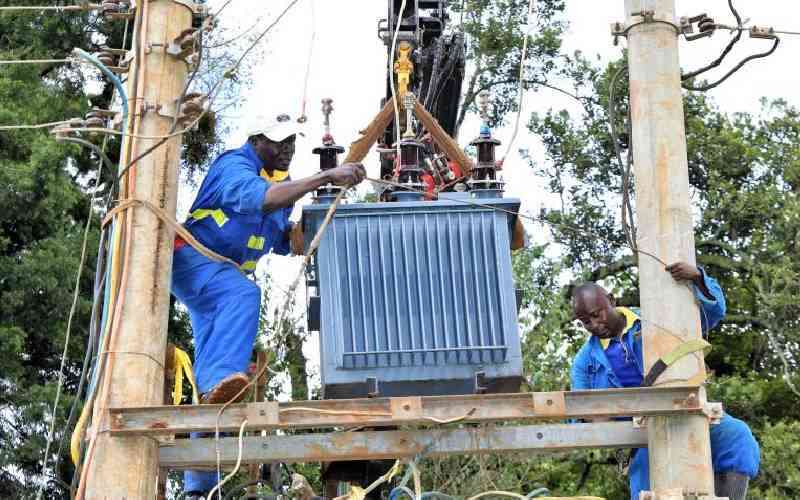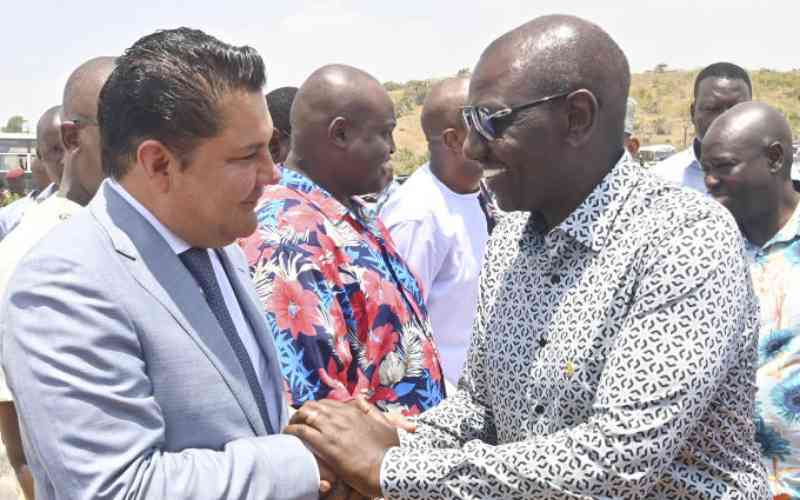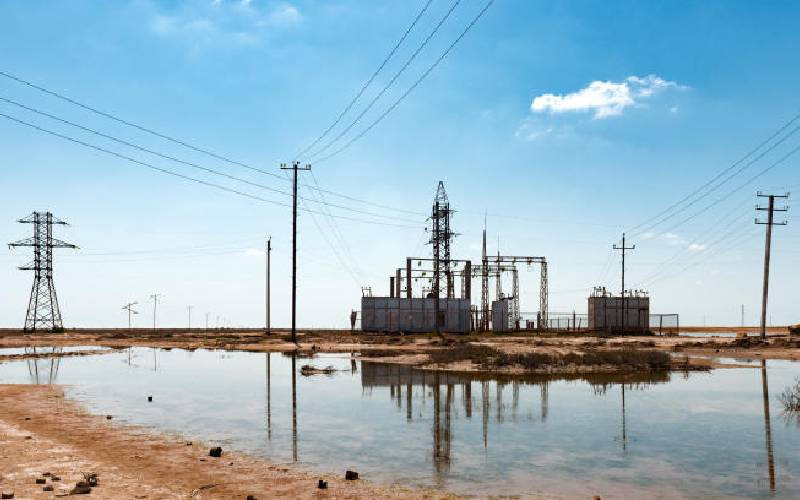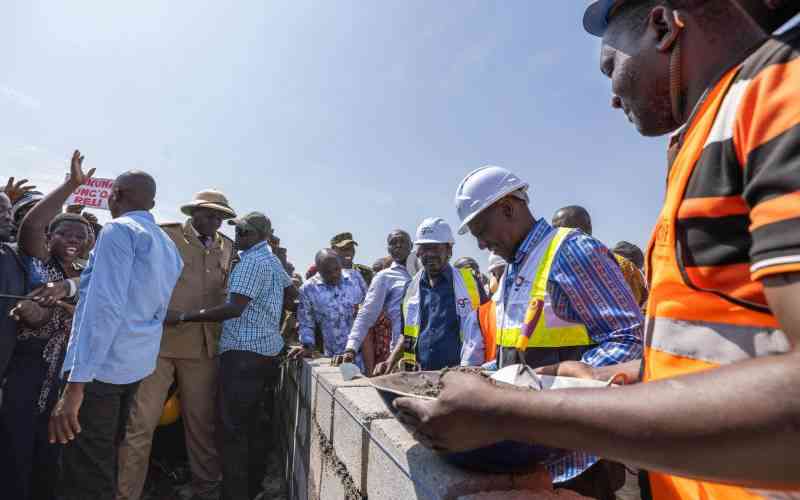×
The Standard e-Paper
Read Offline Anywhere

Electricity poles at Muoroto slums in Tudor, Mombasa County. (Omondi Onyango/Standard)
President Uhuru Kenyatta’s Administration has ensured equity in access to electricity through the Last Mile Connectivity Project and primary school connections, State House Spokesperson Manoah Esipisu has affirmed.







